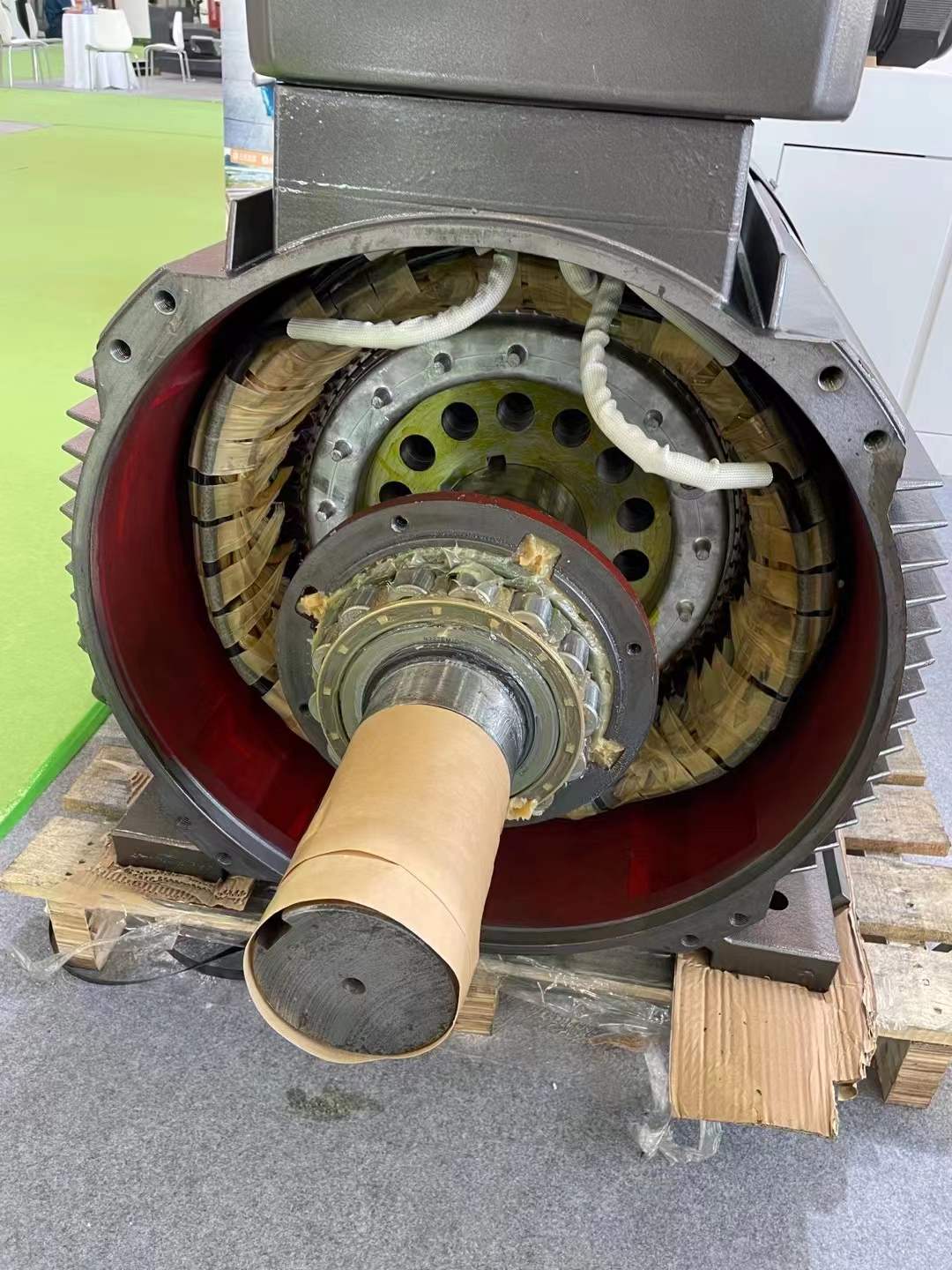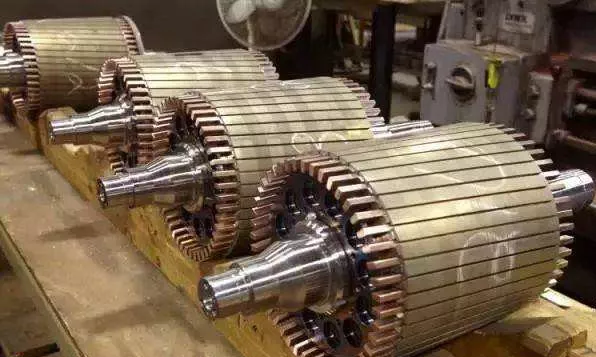The welding quality of squirrel cage rotors (mainly welding resistance and mechanical strength) is difficult to accurately test. Generally, the inspection method used is mostly visual inspection, but it does not mean that visual inspection can find all problems.
The welding quality of squirrel cage rotors (mainly welding resistance and mechanical strength) is difficult to accurately test. Generally, the inspection method used is mostly visual inspection, but it does not mean that all problems can be found by visual inspection, but there are currently no other simple and convenient inspection methods. It is a reliable method, so it is necessary to require the operator to strictly abide by the process regulations, and try to prevent the occurrence of defects from the welding process and operation. Ms. participated today to share with you the common defects and causes of this type of rotor, and introduced simple inspection methods.
1 Main defects and cause analysis
●Poor welding seam filling (incomplete penetration)
The main reasons are: (1) The surface of the parts is not cleaned well; (2) The heating temperature of the squirrel cage, especially the end ring, is not enough, and the solder fluidity is poor; (3) The flux does not work, or does not cooperate with the solder properly; (4) The end The size of the ring groove is out of tolerance, and the fitting clearance is too large or too small.
Solder only fills the gap on one side, no round root on the back
The main reasons are: (1) uneven heating, the end ring is not heated through, (2) the matching gap is too small (including the gap caused by heating expansion is too small); (3) the flux is poor.
●Stomata
The causes are generally: (1) the flux or solder is wet, and gas is precipitated in the weld during brazing; (2) the temperature during brazing is too high, causing the cage bars or end rings to melt, and the weld metal is overheated. Copper can dissolve a lot of hydrogen in the liquid state. If the cooling and solidification speed is too fast, the hydrogen and hydrogen can’t escape as soon as possible, and pores will be formed. At the same time, the liquid copper is easily oxidized to form cuprous oxide Cu2O. When the cuprous oxide dissolved in the copper liquid encounters hydrogen or carbon monoxide CO, the following chemical reaction occurs:
Cu2O+H2=2Cu2+H2O↑
Cu2O+CO=2Cu2+CO2↑
The water vapor and carbon dioxide generated by the above reaction are insoluble in the copper liquid, and when the weld metal solidifies, if not all escape, pores will be formed.
●Crack
Causes: (1) When the weld is not completely solidified, the end ring and the cage bar are displaced; (2) The welding stress is too large, and the thermal conductivity of copper and its alloys is strong (the thermal conductivity of copper is about 8 times larger than that of low-carbon steel), The linear expansion coefficient is almost 50% larger than that of low carbon steel, so the shrinkage rate is large. Improper operation (such as uneven preheating, wrong welding sequence, etc.) is prone to serious deformation. Due to the increase of internal stress, cracks may occur in the weaker part of the joint; (3) due to the high pressure caused by the gas inside the metal ; (4) The temperature is too high, resulting in a reduction in the strength of the metal near the weld area; (5) Improper selection of solder.
●Solder buildup outside the connection surface
Mainly caused by uneven heating, the cage bar or end ring is overheated, and the solder will flow to the hotter part.
2 Quality inspection of welded squirrel cage rotors
The quality inspection of welding squirrel cage includes: inspection before welding, inspection during welding and rotor inspection after welding.
●Pre-welding inspection
Check whether the drawings and process documents are complete, check the quality of solder, flux and strips, end rings, whether the equipment and tools are neat and complete, and the identification of the welder’s operation level. The purpose is to prevent or reduce the occurrence of welding squirrel cage rotor defects in advance.
●Inspection in welding production
Including the operation of the equipment, whether the welding specification is correct or not, and the self-inspection in the welding process. The purpose is to detect and prevent defects in the brazing process in time. The operator’s high sense of responsibility for product quality and careful implementation of the process rules play a decisive role here.
●Rotor inspection after welding
This is the final inspection of the welded squirrel cage rotor. It can be divided into two categories: destructive inspection and non-destructive inspection. Non-destructive inspections are mainly visual inspections and internal quality inspections. Visual inspection is a simple and widely used inspection method. The welding squirrel cage rotor is mainly to check the welding quality in addition to checking the external dimensions. After cleaning the slag and contamination on the surface of the brazing seam, use the naked eye or a magnifying glass to check whether there are visible defects on the brazing seam, such as pores, cracks, incomplete filling, etc.
3 General inspection methods
The internal quality inspection of the welded squirrel cage rotor can adopt the quality inspection method and device of the cast aluminum rotor. You can also use a micro-ohmmeter to measure the effective resistance of the cage bars to simply and accurately measure the defects of the solder joints. Use a pin plunger to directly access the end of the cage bar near the end ring. When the solder joints are intact, the micro-ohmmeter measures the total resistance of all the cage bars in parallel. When the cage bars are broken at the solder joints, the micro-ohmmeter measures the effective resistance of one cage bar. As long as the resistance value exceeds 1.5 times the normal value, the cage bar is considered to be reworked.
Destructive inspections are only performed when the welded squirrel-cage rotor has undergone significant changes in construction, workmanship or materials. Such as the mechanical performance test of the welded seam and welded joints, the life test of the welded squirrel cage rotor, etc., the purpose is to comprehensively verify the mechanical, electrical performance and welding quality of the welded squirrel cage rotor, and these tests are often combined with the type test of the motor.
Post time: Aug-08-2022


